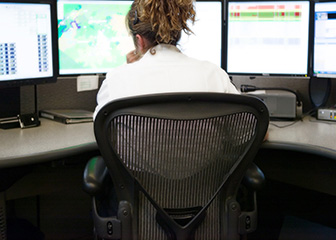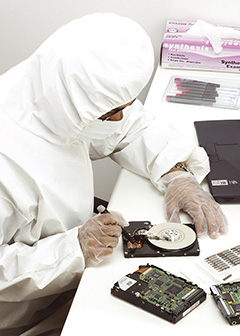Summary

| Quick Facts: Computer and Information Research Scientists | |
|---|---|
|
$100,660 per year
$48.39 per hour |
|
| Doctoral or professional degree | |
| None | |
| None | |
| 28,200 | |
| 19% (About as fast as average) | |
| 5,300 | |
What Computer and Information Research Scientists Do
Computer and information research scientists invent and design new technology and find new uses for existing technology. They study and solve complex problems in computing for business, science, medicine, and other uses.
Work Environment
Most computer and information research scientists work for computer systems design and related services firms, scientific research and development companies, or the federal government. Most work full time, and those who do independent research may have flexibility in their work schedules.
How to Become a Computer and Information Research Scientist
A Ph.D. in computer science or a related subject is required for most computer and information research scientist jobs.
Pay
The median annual wage of computer and information research scientists was $100,660 in May 2010.
Job Outlook
Employment of computer and information research scientists is expected to grow by 19 percent from 2010 to 2020, about as fast as the average of all occupations. Computer and information research scientists are likely to enjoy excellent job prospects, as many companies report difficulties finding a sufficient number of these highly skilled workers.
Similar Occupations
Compare the job duties, education, job growth, and pay of computer and information research scientists with similar occupations.
O*NET
O*NET provides comprehensive information on key characteristics of workers and occupations.
Contacts for More Information
Learn more about computer and information research scientists by contacting these additional resources.









